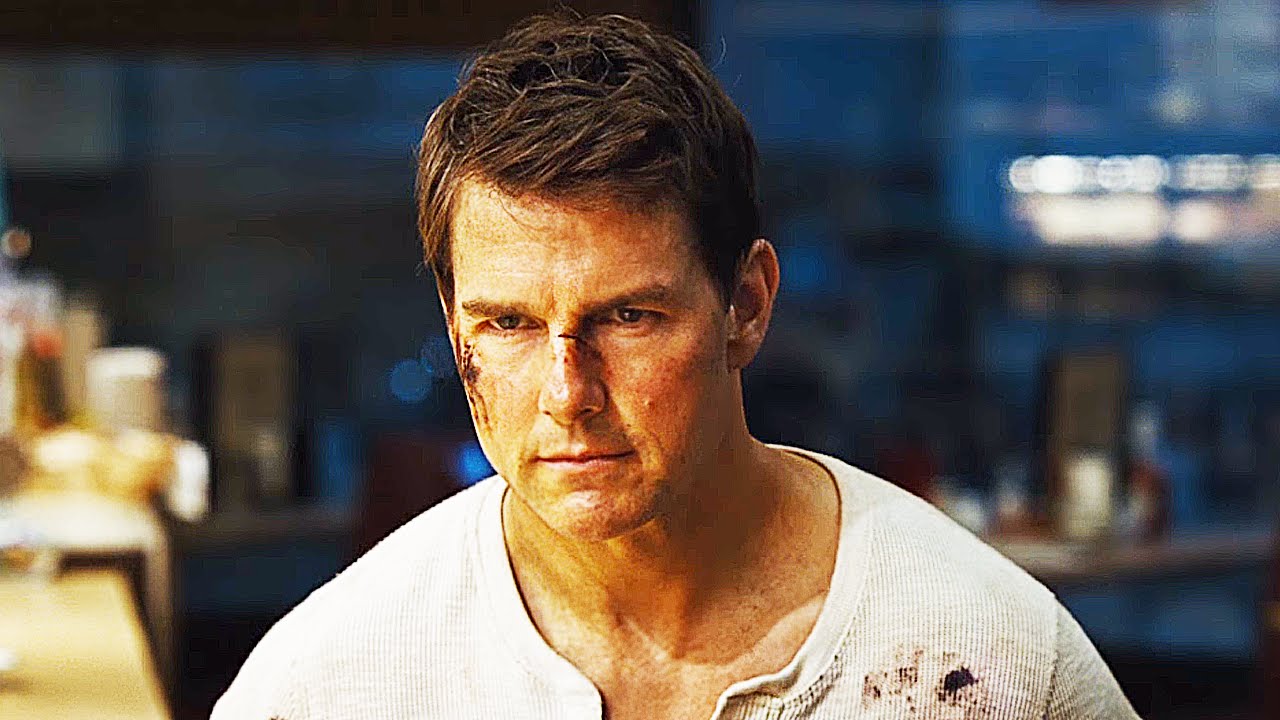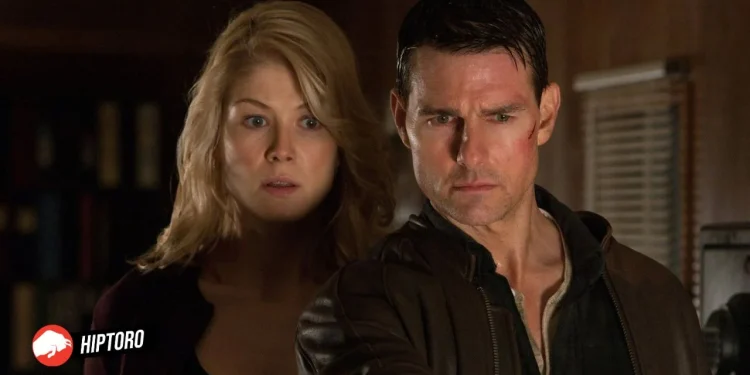In the ever-evolving landscape of television adaptations, the Amazon Prime series Reacher boldly redefines the conventional narrative approach by embracing a non-linear timeline, much to the delight of its ardent followers. The adaptation of Lee Child’s acclaimed Jack Reacher novels presents a fascinating case study in the art of storytelling, where the sequence of events is not just a mere progression but a strategic choice that enhances the viewing experience.

A Character Beyond Time
At the heart of this innovative narrative structure is the enigmatic character of Jack Reacher, a former military policeman turned drifter, whose adventures span across the United States. Portrayed with compelling intensity by Alan Ritchson, Reacher’s allure lies not just in his physical prowess but in his unwavering moral compass and a knack for finding himself in the eye of the storm.
The series kicks off with Killing Floor, the first novel, introducing us to Reacher’s nomadic life, marked by simplicity and a solitary disposition. His journey from the quiet town of Margrave to the complex web of intrigue in Bad Luck and Trouble reveals a character of depth, capable of kindness, leadership, and relentless pursuit of justice.
Jack Reacher London premiere pic.twitter.com/WZYh5fAJoZ
— Tomey Cruisey (@tomeycruisey) February 23, 2024
Embracing the Narrative Jigsaw
The decision to follow the eleventh book, Bad Luck and Trouble, in the second season, after beginning with Killing Floor, might raise eyebrows among purists. However, this choice signifies a broader understanding of Reacher’s world – one where time is fluid, and stories are interwoven in a rich tapestry that spans Reacher’s extensive history.
This approach allows for a dynamic exploration of the character, delving into his past, present, and future with equal gusto. It is a testament to the creative team’s ambition to craft a series that is as unpredictable as it is engaging.
The Art of Non-Linear Storytelling
Non-linear storytelling is not a new concept, yet Reacher employs it with a finesse that breathes new life into the genre. By choosing not to adhere to a strict chronological order, the series opens up a myriad of possibilities for character development and plot twists.
Each season becomes a standalone masterpiece, with its own set of challenges and revelations, while still contributing to the larger narrative arc. This method not only keeps the viewers on their toes but also pays homage to Lee Child’s expansive universe, where each book is a puzzle piece of a much grander picture.
The Future of Reacher: Boundless Possibilities
The success of Reacher lies in its ability to transcend traditional storytelling boundaries, proving that a character’s journey can be as nonlinear as life itself. With over thirty books in the series, the potential for future seasons is vast, promising a thrilling ride for viewers. The show’s willingness to experiment with its narrative structure is a bold move that has paid off, offering a fresh perspective on the beloved character and his adventures.
Reacher stands as a prime example of how television adaptations can venture beyond the source material to offer something uniquely compelling. The series not only captures the essence of Jack Reacher but elevates his story through creative storytelling choices that challenge and reward its audience. In the world of Reacher, time is not a constraint but a canvas, and the future of this series is as promising as the tales of its titular hero.










